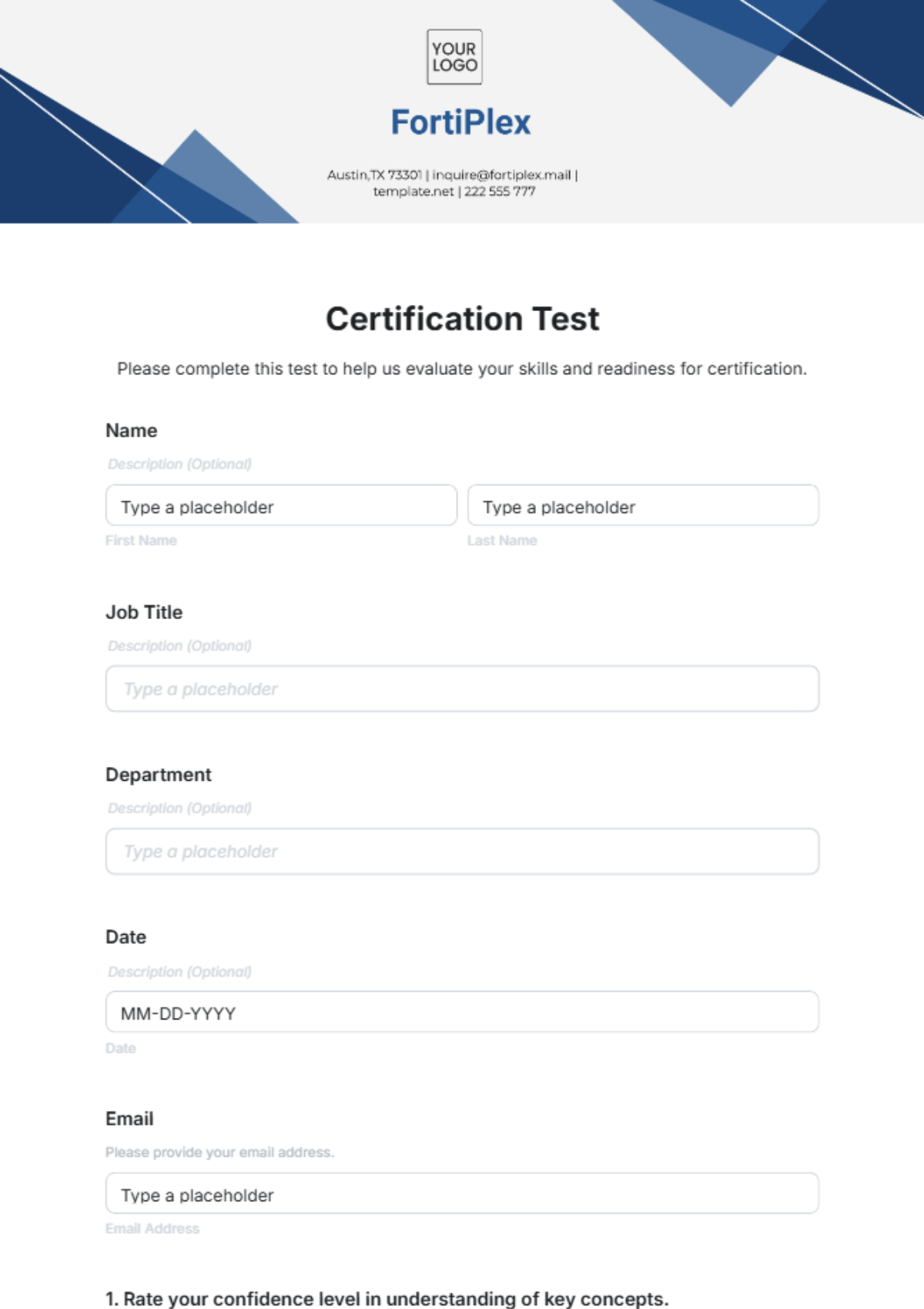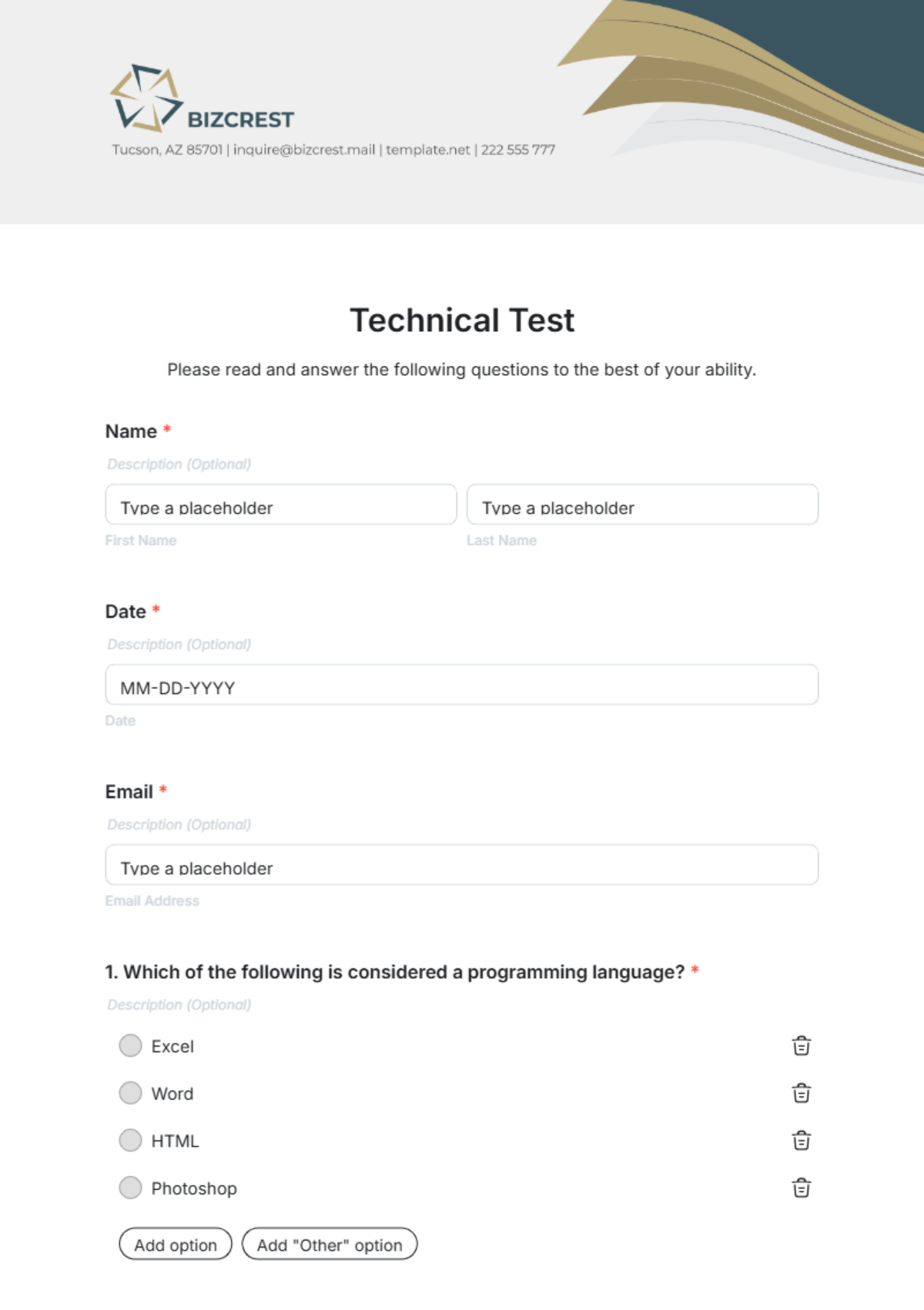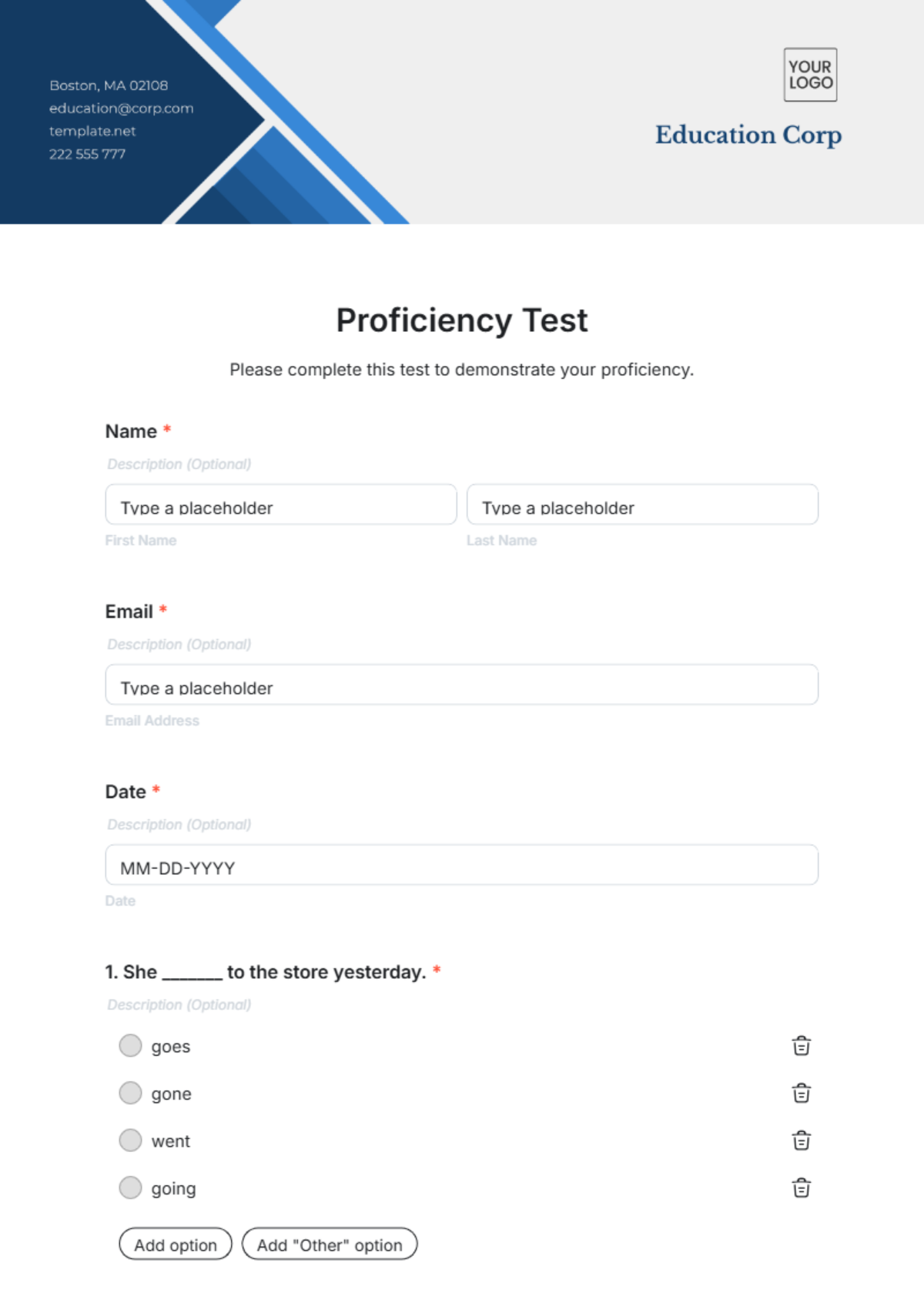Free Site Acceptance Test Checklist Template
Site Acceptance Test
This checklist, designed by [Your Name] from [Your Company Name], is developed to ensure that the sites meet predefined requirements before final approval.
Project Overview:
Begin the SAT checklist with a concise overview of the project, highlighting its goals, scope, and critical components.
Ensure that all stakeholders are aligned on the purpose and expectations of the Site Acceptance Test.
Documentation Review:
Thoroughly review all project documentation, including design specifications, requirements, and user manuals.
Confirm that documentation is complete, up-to-date, and aligns with the agreed-upon project scope.
Infrastructure Inspection:
Inspect the physical infrastructure to ensure that it meets the specified standards and requirements.
Verify the installation and configuration of all hardware components, ensuring proper functionality.
System Integration Testing:
Perform comprehensive system integration testing to assess the interoperability of various components.
Confirm that all integrated systems communicate effectively and perform as intended.
Functionality and Feature Testing:
Test each functionality and feature of the system against predefined requirements.
Identify and address any deviations or issues related to system functionality.
Performance Evaluation:
Conduct performance testing to assess the system's responsiveness, speed, and overall efficiency.
Evaluate the system's ability to handle anticipated workloads and peak usage scenarios.
Security Assessment:
Assess the security measures implemented in the system, including data encryption, access controls, and vulnerability checks.
Address any security concerns and ensure compliance with industry standards.
User Acceptance Testing (UAT):
Engage end-users in the User Acceptance Testing process to evaluate the system from their perspective.
Collect feedback on user experience, functionality, and any potential improvements needed.
Data Migration and Validation:
Verify the accuracy and completeness of data migration processes.
Validate that data is transferred seamlessly between old and new systems, without loss or corruption.
Compatibility Testing:
Test the system's compatibility with different browsers, operating systems, and devices.
Ensure a seamless user experience across various platforms.
Regression Testing:
Perform regression testing to identify any unintended side effects or issues arising from system updates or modifications.
Confirm that new changes do not negatively impact existing functionalities.
User Training and Support Documentation:
Assess the effectiveness of user training programs and support documentation.
Confirm that end-users have the necessary resources to understand and use the system effectively.
Compliance Verification:
Ensure compliance with industry standards, regulatory requirements, and contractual obligations.
Verify that the system aligns with applicable legal and regulatory frameworks.
Backup and Recovery Testing:
Test the backup and recovery mechanisms to ensure data integrity and system resilience.
Confirm the ability to restore the system to a fully functional state in the event of a disruption.
Final Review and Approval:
Conduct a final review of all test results, addressing any outstanding issues.
Seek formal approval from key stakeholders before officially accepting the site.
Documentation and Reporting:
Document the results of each test conducted during the Site Acceptance Testing phase.
Provide a comprehensive report outlining the overall performance and readiness of the system.
Post-Acceptance Support:
Establish a plan for post-acceptance support and maintenance.
Define roles and responsibilities for ongoing monitoring, updates, and issue resolution.







































